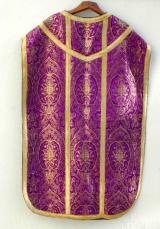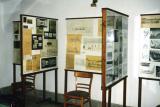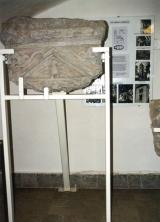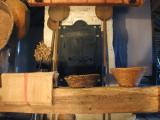2025. July 16. Wednesday
Pungor Zoltán Museum - Csempeszkopács
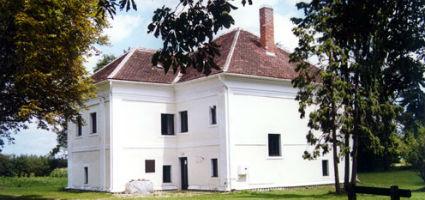 |
Address: 9764, Csempeszkopács Hunyadi János utca 22.
Phone number: (94) 579-028
Opening hours: K-Szo 14-17, Sun: on prior notice
|
Bertalan Csempeszházi Balogh built the Renaissance-Baroque castle, the location of the museum, in the last quarter of the 16th century. The castle was rebuilt at the end of the 17th century: the south wing was taken down, a staircase was raised, and the ceiling was changed to make it possible to occupy the building.
The castle was pawned and the owners took it back only at the end of the 18th century. The descendants of Ádám Balogh retained it in the first part of the 19th century. Later the Sarlay family obtained it through marriage.
The museum opened in the building from the 16th century in 1975 after years of professional work. The material was collected in Csempeszkopács and the surrounding settlements, like Vasszécseny, Nemeskolta, Meggyeskovácsi is mostly of interest in ethnography and the history of industry.
The building was declared a national monument in 1985.
The exhibitions are held in six wards, on the corridors and in the attic. The visitors may learn of the lifestyle of the small villages of the 19-20th century.
The architecture of Csempeszkopács going back a thousand years can be studied at our permanent exhibition, which was created in honor of the millennium.
The castle was pawned and the owners took it back only at the end of the 18th century. The descendants of Ádám Balogh retained it in the first part of the 19th century. Later the Sarlay family obtained it through marriage.
The museum opened in the building from the 16th century in 1975 after years of professional work. The material was collected in Csempeszkopács and the surrounding settlements, like Vasszécseny, Nemeskolta, Meggyeskovácsi is mostly of interest in ethnography and the history of industry.
The building was declared a national monument in 1985.
The exhibitions are held in six wards, on the corridors and in the attic. The visitors may learn of the lifestyle of the small villages of the 19-20th century.
The architecture of Csempeszkopács going back a thousand years can be studied at our permanent exhibition, which was created in honor of the millennium.
